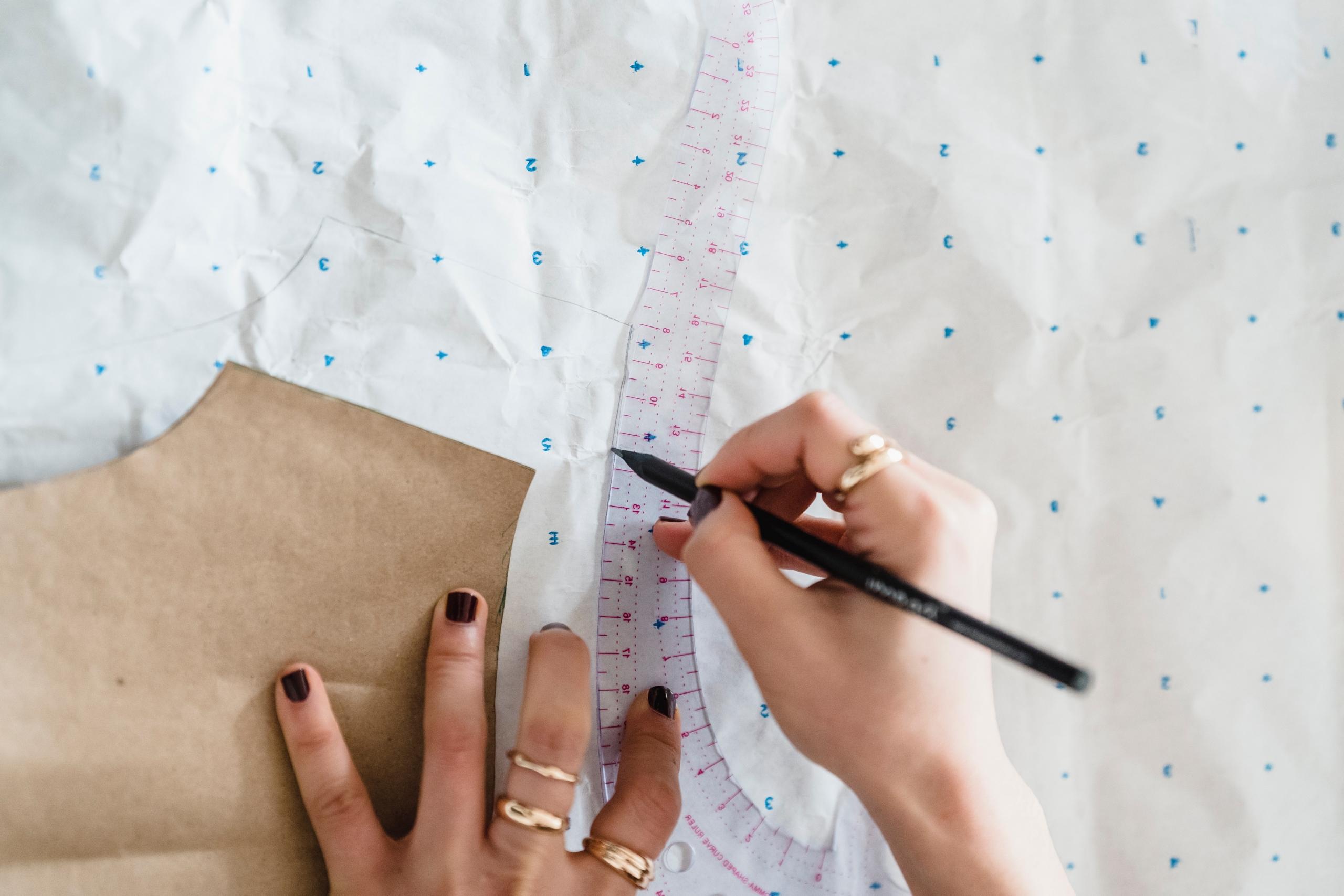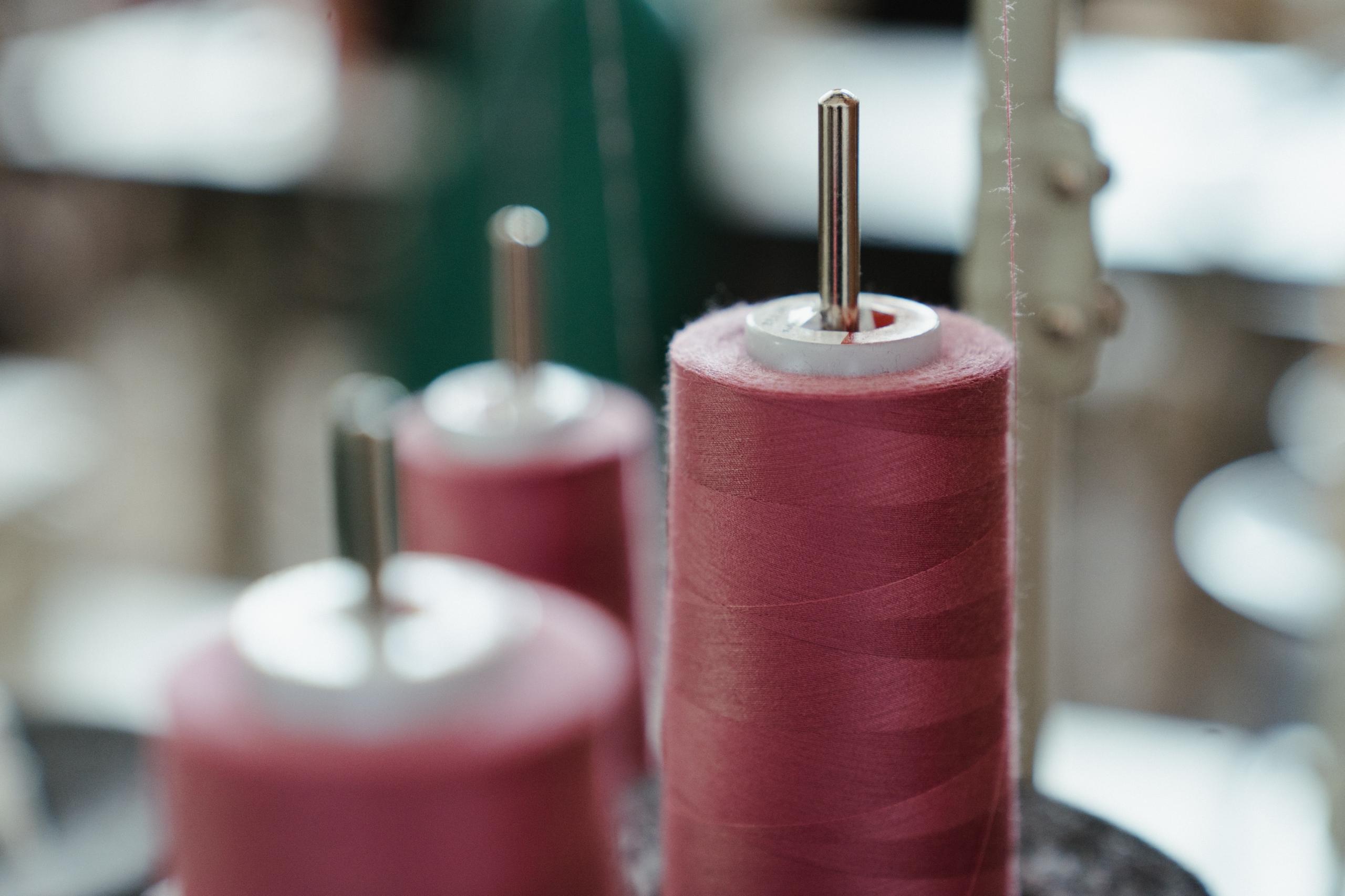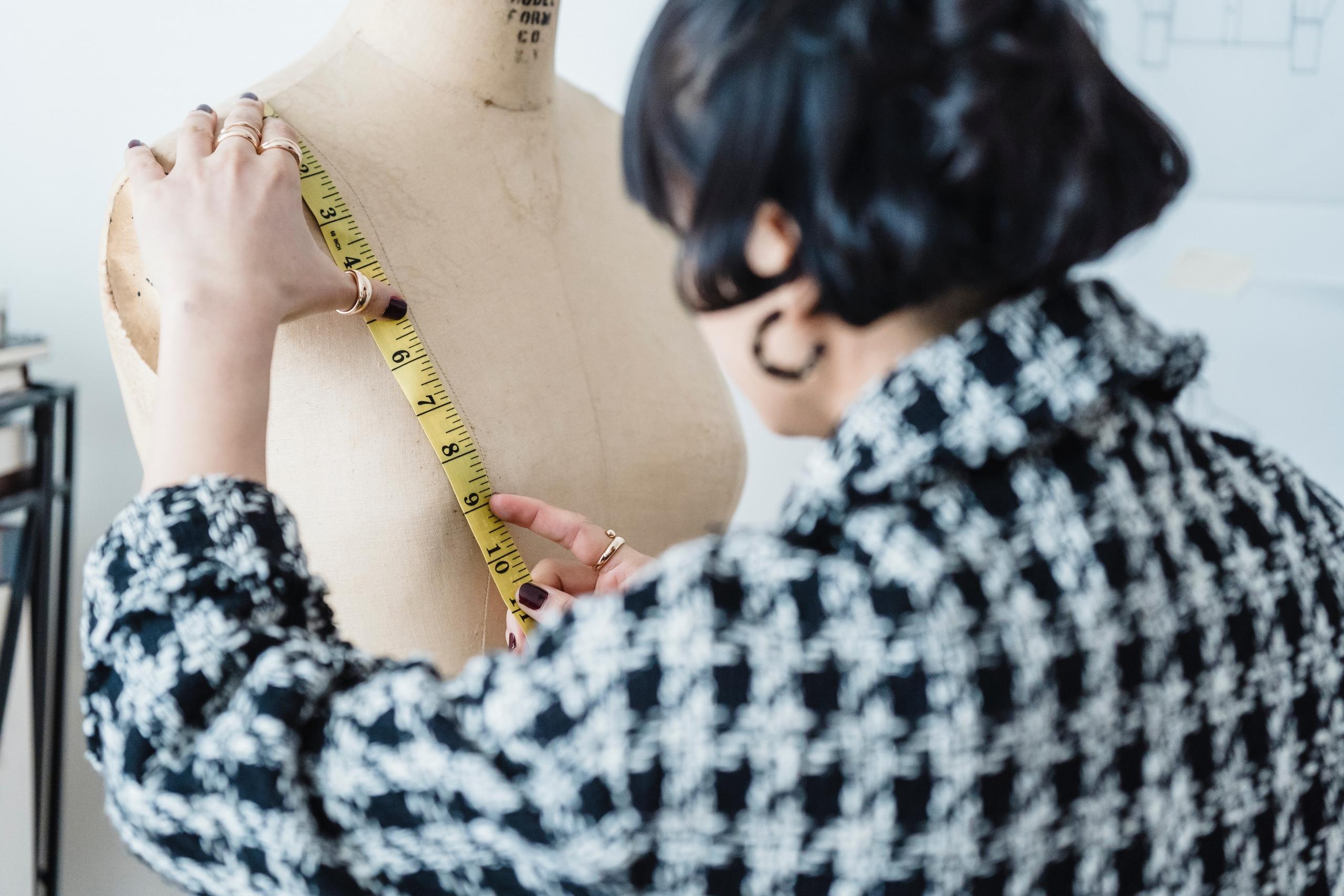It's all fun and games until the bobbin runs out.
Before your bobbin of motivation runs out on you, you may want to learn all that you need to with regards to the basics of sewing. If you are learning sewing so that you can have a side hustle, you may be all the more eager to get your sewing journey started.
In fact, you want to have a go at sewing all types of fabrics from felt to satin but how is it possible to learn to become good at sewing within the shortest amount of time possible?
To be honest, learning how to sew entails learning the basics such as: drawing, stitching, overcasting, and embroidery as well. While you can learn how to sew within the shortest amount of time possible, you do need to make sure that you designate a few weeks of your time to full time learning or at least a few months of your time to part time learning.
Again, if you are choosing to learn sewing as another hobby to add to your list of hobbies, you can decide how much time you wish to devote to learning the fundamentals of sewing.
At Superprof, we wish to give you only the best tips to get started in terms of starting up your sewing machine and producing a garment or garments of your choice.
Want to give private lessons?
Join the Superprof community and share your knowledge with inquiring and motivated students.
Dressmaking Classes
Any day spent sewing is a good day. Anonymous
The first thing to keep in mind is that you need to be motivated to succeed if you are considering taking up dressmaking classes. There will be many times when you will want to throw in the towel (or fabric, in this case) but if you remain committed, you will soon realise the key component of sewing: the machine does the sewing and the seamstress acts as a guide instructing the sewing machine how to sew. Nevertheless, the sewing machine does require you to actually give instructions.
One of the first things that you will be taught during your dressmaking classes is how to stitch smoothly. Your dressmaking instructor may first teach you the art of hand stitching. Blanket stitch, backstitch, running stitch, and buttonhole stitch are some types of hand stitches that you can perfect.
Once you can hand stitch, you can learn how to perfect your machine stitching techniques. On the machine, you will learn how to do a:
- Lockstitch
- Chain stitch
- Zigzag stitch
- Running stitch
- Back stitch
- Satin stitch
- Overlapping stitch.
Now that you are familiar with the names of the different types of stitches, you will understand that sewing lessons do not only include the practical component of sewing. While the bulk of each lesson will involve sewing practice, and machine stitching, there is a part of the lesson where you focus on theoretical knowledge too.

A focus on sewing related theory may allow you to understand that hand sewing is a sewing technique that was created while keeping the beginner dressmaker in mind. Hand sewing entails sewing with a practical focus, and also entails more intricate, comprehensive work.
Any basic sewing machine enables you to attempt 12 different machine stitching methods, yet there are about 20 different machine stitches that you can master when using a modern sewing machine. While this sounds fairly straightforward, if you don't understand the purpose of each stitch, the chances are slim that you will actually use all the different stitching techniques.
Your dressmaking instructor will most probably get you started by teaching you how to do the straight stitch. This is one of the most basic stitching styles to master and it is one that works well for all types of garments.
You can eventually learn how to adjust the stitch length, but you need to get started first.
Darts, seams, and tucks aside, are you ready to start taking sewing classes for beginners?
If you are keen to know how to sew like a pro, keep reading.
Sewing Classes for Beginners
You will have a good day of sewing practice everyday should you enrol in sewing classes for beginner dressmakers. In fact, becoming a dressmaker is a piece of cake if you register in any accredited fashion school, college or university and pursue a fashion diploma course or a BA degree in fashion. However, you don't need to complete a diploma, degree, or higher certificate in order to learn how to sew well.
All that it takes is a keen interest in fashion and a passion for sewing garments, and you can get started by completing a short course in fashion, either online or in-person.
Beginner sewing classes are all about setting goals to achieve with every class. Keep track of your progress to see if you are meeting your desired learning goals.
Sewing and how quickly or slowly you will learn to sew is highly dependent on you, your levels of motivation, and the pace at which you learn.
Most beginner sewing lessons will ensure that once you complete the course, you will be able to:
- Thread your sewing machine
- Use patterns to cut out fabric
- Sew in a straight line
- Adopt the various stitching and seaming finishes
- Pin your fabric.
If you want to advance from a beginner dressmaker to a more advanced one, you can rely on private sewing classes, like those found on Superprof, to guide you.

Benefits of Taking Sewing and Design Courses
The secret to being happy is to have humour and great sewing skills. Anonymous
You may have realised that learning how to sew nowadays is easier than it was before. Alongside attending sewing and design courses, you can also get sewing and designing tutorials on YouTube and a sewing blog may even help you.
Sewing and design courses, however, will provide you with the chance to join sewing communities where you inspire and get inspired by other aspiring designers and seamstresses. Learning with people who are as passionate about sewing and designing as you are is the best way to gain the motivation that you need to learn faster.
During your sewing and designing courses, you can discuss your fears, mishaps, enthusiasm and success with others.
Peer learning and peer advice are major factors in getting you to understand fashion related theory and the practical component of fashion designing.
Plus, forming a sewing community provides you with the chance of having friends with whom to discuss your favourite shows such as, "Next in Fashion," and, "The Great British Sewing Bee."
By taking dressmaking and dress designing courses, you can learn the art of collaboration. It is important to listen to the perspectives of other designers and work together to create master pieces. This what group work will initiate, the ability to grow from motivation and adapt ideas of others to suit your own design style.
Also your sewing classes may be the time of day when you unwind, and just sew to relax while letting go of all the stress from the day.
Sewing classes lastly offers you the chance to practise and work at your own pace.
Also, keep in mind that with Superprof you can find an online sewing course or face-to-face lessons, so you can find the one that best suits your needs.
How to Find a Dressmaking School Near Me
Beautiful things come together one stitch at a time. Proverb

If you are excited by the idea of completing complex sewing patterns, you need to start with the basics of sewing.
Sewing machine ready, where can you find a dressmaking school for you?
Whether you live in Johannesburg, Durban or Cape Town, there are many fashion schools that you can choose to attend.
Everything will come together once you take your first stitch (step) and find the right dressmaking school for you.
In order to find the right sewing school, you need to perform a thorough investigation. Search the internet, ask your friends and fellow sewers, or ask around for advice. Alumni of the various universities and colleges are the best people to talk to in order to get feedback on a particular learning institution.
Choose a school that offers a basic designing course that aligns with what it is that you want to learn. Factor in the fees of the various schools and find the school that covers your goals without causing you to break the bank. You also want to choose a school that you will feel comfortable attending. Designing courses give you the chance to practise sewing and it is of utmost importance to find a fashion design school that you are happy attending.
Never underestimate the value of a sewing teacher. Having an instructor allows you to learn proper techniques and also helps you to correct any mistakes that you make as you make these mistakes.
There is simply nothing that will beat having a sewing teacher that will guide you and assist you with developing the techniques so that you can launch your own couture collection in no time.
If you are pressed for time, you may want to consider learning how to sew with a Superprof tutor. In terms of price, you will could save quite a bit should you choose to learn how to sew by going the Superprof route. The beautiful part is that most of our Superprof tutors offer an initial free lesson.
Nobody said learning how to sew using a webcam is impossible and with Superprof we make online sewing classes possible. Push yourself to make your first stitch starting with online classes. Should you realise that having a teacher by your side to correct your bad stitches is the better option for you, you can always speak to your Superprof tutor about providing sewing classes in person.
Keep in mind that:
Adventures begin when you enter the sewing room. Author Unknown
Want to give private lessons?
Join the Superprof community and share your knowledge with inquiring and motivated students.





